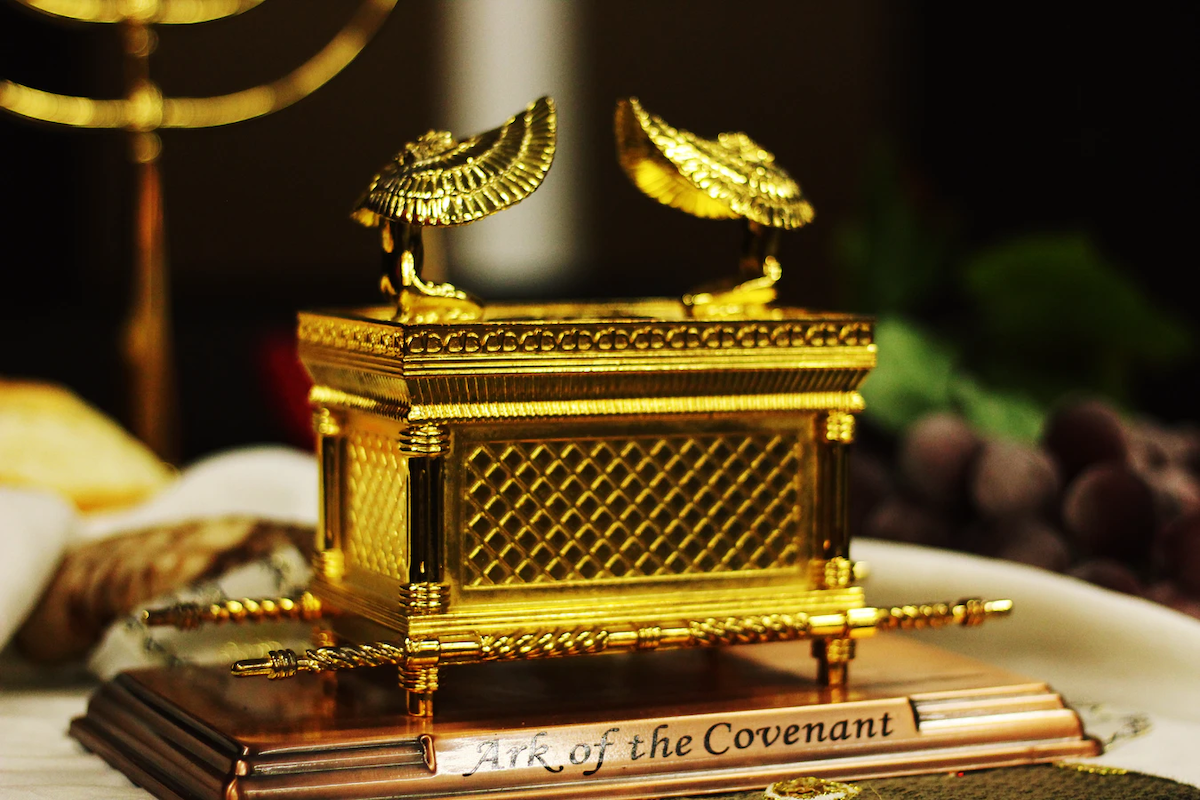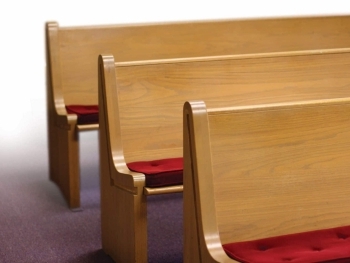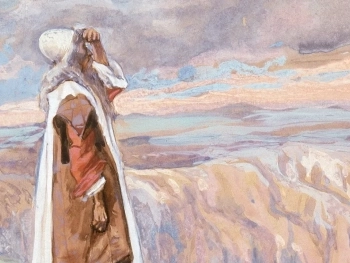In the tapestry of biblical history, certain artifacts hold a special place of reverence, and chief among them is the Ark of the Covenant. The Ark's significance goes beyond its physical form; it represents the tangible presence of God among the Israelites. This article delves into the rich symbolism, historical context, and spiritual significance of the Ark of the Covenant.
Biblical Origin and Design: The Ark of the Covenant makes its debut in the book of Exodus, where God provides detailed instructions to Moses for its construction. Made of acacia wood and overlaid with gold, the Ark measured two and a half cubits in length, a cubit and a half in width, and a cubit and a half in height. The lid, known as the Mercy Seat, featured two cherubim facing each other, with their wings overshadowing the Ark.
Symbolism of the Ark:
- Divine Presence: The primary significance of the Ark lies in its association with the divine presence. Exodus 25:22 states, "There, above the cover between the two cherubim that are over the Ark of the Covenant, I will meet with you." The Ark served as a symbolic throne for God, signifying His presence among His people.
- Covenant Relationship: The Ark symbolized the covenant relationship between God and the Israelites. It housed the stone tablets inscribed with the Ten Commandments, the embodiment of God's covenant with His people. The Ark thus became a visible reminder of the ethical and moral guidelines that governed the Israelite community.
- Guidance and Protection: The Ark played a crucial role in guiding the Israelites during their journey through the wilderness. When the Ark moved, the people followed, signifying their dependence on God's guidance. Additionally, the Ark was believed to hold a protective power, as seen in the crossing of the Jordan River and the fall of Jericho.
Historical Context: The Ark of the Covenant played a central role in Israelite history, from the exodus out of Egypt to the establishment of the tabernacle and the eventual move to Solomon's Temple. It became a symbol of national unity and divine favor, accompanying the Israelites into battles and triumphs.
The Ark in the Tabernacle and the Temple: The Ark initially found its dwelling in the portable tabernacle constructed during the wilderness wanderings. Later, during the reign of Solomon, the Ark found a permanent residence in the Holy of Holies within the Temple in Jerusalem. Its placement in the Temple continued to symbolize God's abiding presence in the midst of His people.
Theological Significance: The Ark of the Covenant holds profound theological implications:
- Immanence and Transcendence: The Ark serves as a paradoxical symbol of both God's immanence—His nearness to His people—and His transcendence—His existence beyond the material world. The Mercy Seat, where God's presence dwelled, highlighted the delicate balance between these two aspects of the divine nature.
- Holiness and Awe: The Ark instilled a sense of awe and reverence among the Israelites. Its holiness required careful handling and approach, emphasizing the sacred nature of the covenant relationship with God. The reverence for the Ark underscored the sanctity of God's presence.
- Foreshadowing Christ: In Christian theology, the Ark of the Covenant is often seen as a foreshadowing of Christ. Just as the Ark held the stone tablets of the covenant, Christ is considered the fulfillment of the new covenant, bringing God's presence and redemption to humanity.
The Ark of the Covenant stands as a sacred vessel that encapsulates the spiritual, historical, and theological dimensions of Israelite faith. Its construction, design, and symbolic significance illuminate the intricate relationship between God and His people. As believers reflect on the Ark's role in biblical history, they are invited to ponder the enduring presence of God in their lives and the profound covenantal relationship established through the mercy and guidance encapsulated in this sacred artifact.




